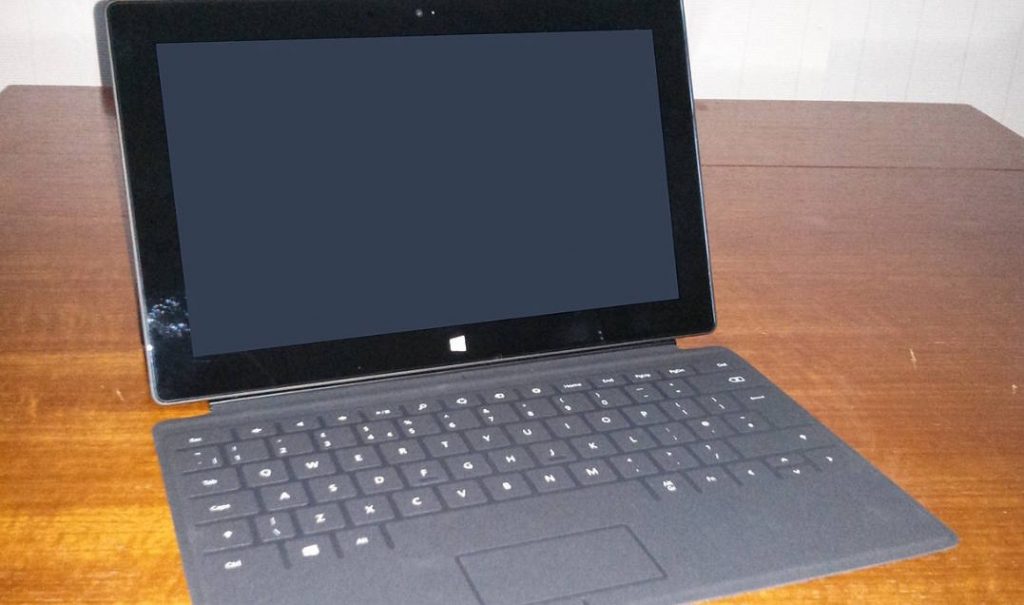In 2012, Microsoft took a significant leap by introducing its own line of tablets. The Surface RT was the very first device in the Surface family, marking Microsoft’s ambition to merge hardware and software seamlessly. It was designed to showcase the power of Windows RT, a special version of Windows 8 built for ARM processors.
Windows RT: A New Era That Didn’t Last
Windows RT was meant to provide a lightweight, battery-efficient alternative to traditional Windows. It looked and felt like Windows 8 but had a major limitation—it could only run apps from the Microsoft Store, not traditional desktop applications. This restriction, while intended to improve security and efficiency, ultimately led to its downfall, as users expected full Windows functionality.

Design and Hardware: Ahead of Its Time
Despite Windows RT’s struggles, the Surface RT itself was a well-designed device. It featured:
- A 10.6-inch ClearType HD display, offering crisp visuals.
- A VaporMg casing, giving it a premium and durable feel.
- An integrated kickstand, a first for tablets, setting a design standard for future Surface devices.
- USB and microSD support, something many tablets lacked at the time.
- Touch Cover and Type Cover accessories, bringing a laptop-like experience to a tablet.
Performance and Limitations
Microsoft Surface RT was powered by an NVIDIA Tegra 3 processor, which was energy-efficient but not powerful enough to compete with full-fledged laptops. Combined with Windows RT’s software restrictions, many users found it lacking in performance and app support. While Microsoft Office RT was pre-installed, the inability to install other essential desktop applications frustrated users.
Market Reception and Legacy
Upon release, the Surface RT received mixed reviews. While praised for its innovative hardware, the software limitations held it back. Sales struggled, leading Microsoft to take a $900 million write-down due to unsold inventory. However, despite its commercial failure, the Surface RT played a crucial role in shaping the Surface brand and Microsoft’s future in hardware.
How Surface RT Influenced Future Surface Devices
Even though the Surface RT wasn’t a commercial success, it laid the groundwork for what was to come. The Surface Pro series soon followed, offering full Windows compatibility and better performance. Microsoft’s commitment to premium build quality, 2-in-1 design, and productivity features can all be traced back to the original Surface RT.
Conclusion: A Visionary Device That Came Too Soon
The Surface RT was an ambitious device that sought to redefine the tablet-laptop hybrid experience. While its reliance on Windows RT limited its success, it was the beginning of something much bigger. Today, Microsoft’s Surface lineup is a major player in the tech industry, thanks in part to the lessons learned from the Surface RT.
Would you have bought a Surface RT back in the day? Let us know your thoughts in the comments!